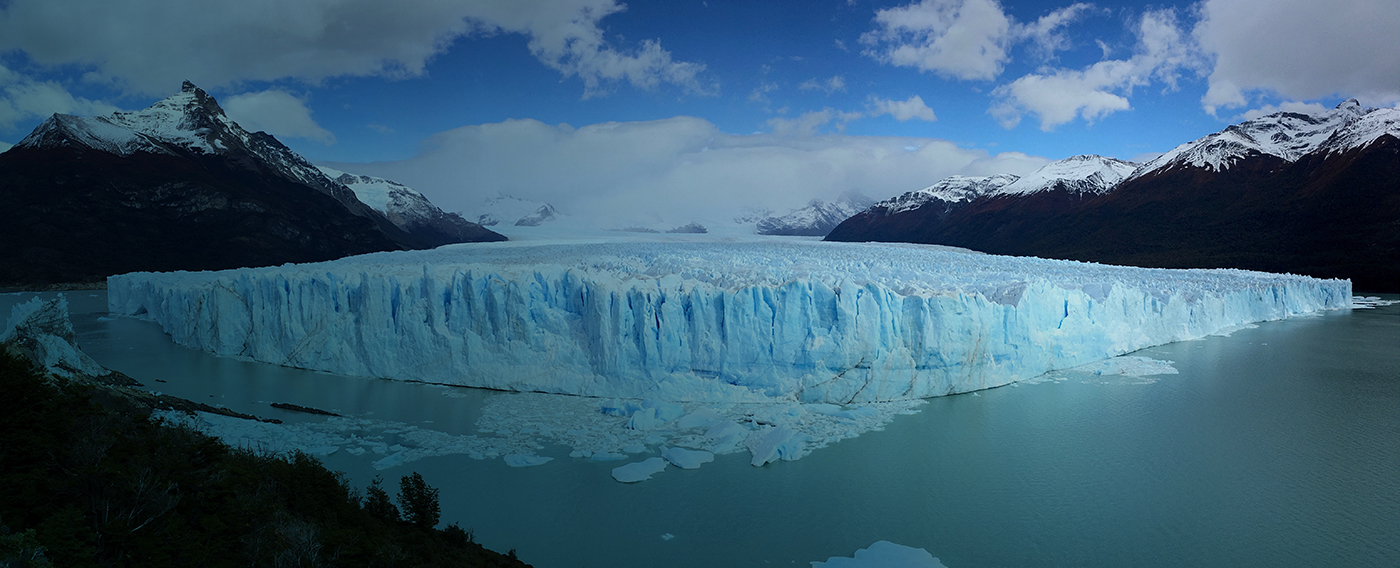
Fact Sheet on Climate Change
Climate Change
Climate Change
Human-caused increases in greenhouse gases have been the major influencing factor on global climate change over the past 140 years.
Energy production and consumption, specifically the burning of fossil fuels, are the largest sources of greenhouse gas emissions in the world. Less than 4% of countries are responsible for more than half of the world’s greenhouse gas emissions.
Both ecosystems and human infrastructure around the world face risks from climate change. Increased temperatures and extreme weather events, impacts on precipitation, and sea level rise can have wide-ranging and long-term consequences.
The American Geophysical Union and its network of Earth and space scientists are committed to studying climate change, its impacts, and opportunities for improvement and to educating the public on their findings.
Health
Major health concerns as a result of global warming include the following:
- water- and heat-related illnesses
- vector-borne diseases such as Lyme disease and West Nile virus
- food safety
- nutrition and distribution issues
- mental health implications
For example, nearly 7 million U.S. children are currently affected by asthma.[1] The changing climate contributes to increased levels of airborne allergens that are associated with a risk of increased allergic and asthmatic episodes.
Climate-related health issues can put the nation’s most vulnerable citizens, children, pregnant women, the elderly, and the poor, at risk.
Economy
Climate change has led to a growing number of extreme weather events that are even more likely to occur in the future.[2] In 2012, climate and severe weather disasters cost the U.S. economy more than $100 billion.[3] From 2004 to 2013, the United States saw estimated multibillion dollar losses from the following disasters: $392 billion from hurricanes, $78 billion from heat waves and drought, and $76 billion combined from tornadoes, flooding, and severe storms.[4]
Impacts to infrastructure in the wake of these severe weather events can be costly. For example, as a result of climate change, wildfire seasons now last 78 days longer than they did in 1970, and in 2015 alone, the U.S. Forest Service spent more than half its budget fighting fires.[5]
Safety and Security
Climate change’s effects place strains on natural resources, supply, and distribution that can threaten a country’s or a region’s overall stability and cause conflict.
Concerns include the following:
- Flooding and drought can affect safety and water supply. Specific regions in the United States, such as the Southeast, Southwest, and Great Plains, are particularly vulnerable.[6]
- American forests contribute to the country’s sustainability by removing roughly 12% of the United States’ total greenhouse gas emissions from the environment but are at risk from increased drought, wildfire potential, and development.[7]
- According to the Department of Defense, “the military could be called upon more often to support civil authorities, and provide humanitarian assistance and disaster relief in the face of more frequent and more intense natural disasters.”[8]
- Military operations both at home and internationally could be affected by an increased demand for disaster and humanitarian relief.
- Ocean acidification could have negative impacts down the marine food chain, limiting the ability of marine animals, such as clams, oysters, and crabs, to grow, survive, and reproduce. [9] Changes to marine-based food sources will challenge global economies.
[1] U.S. Global Change Research Program (USGCRP) Climate and Health Assessment, https://s3.amazonaws.com/climatehealth2016/high/ClimateHealth2016_FullReport.pdf.
[2] U.S. Environmental Protection Agency, https://www3.epa.gov/climatechange/science/extreme-weather.html.
[3] President’s Climate Action Plan, https://www.whitehouse.gov/share/climate-action-plan.
[4] USGRCP Climate and Health Assessment, https://s3.amazonaws.com/climatehealth2016/high/ClimateHealth2016_FullReport.pdf.
[5] U.S. Department of Agriculture, “The Rising Cost of Wildfire Operations,” http://www.fs.fed.us/sites/default/files/2015-Rising-Cost-Wildfire-Operations.pdf.
[6] USGCRP, Third National Climate Assessment, http://nca2014.globalchange.gov/highlights/report-findings/water-supply.
[7] The White House, https://www.whitehouse.gov/sites/default/files/image/president27sclimateactionplan.pdf.
[8] Department of Defense, 2014 Climate Change Adaptation Roadmap, https://www.acq.osd.mil/eie/downloads/CCARprint_wForward_e.pdf.
[9] USGCRP, Third National Climate Assessment, http://nca2014.globalchange.gov/.